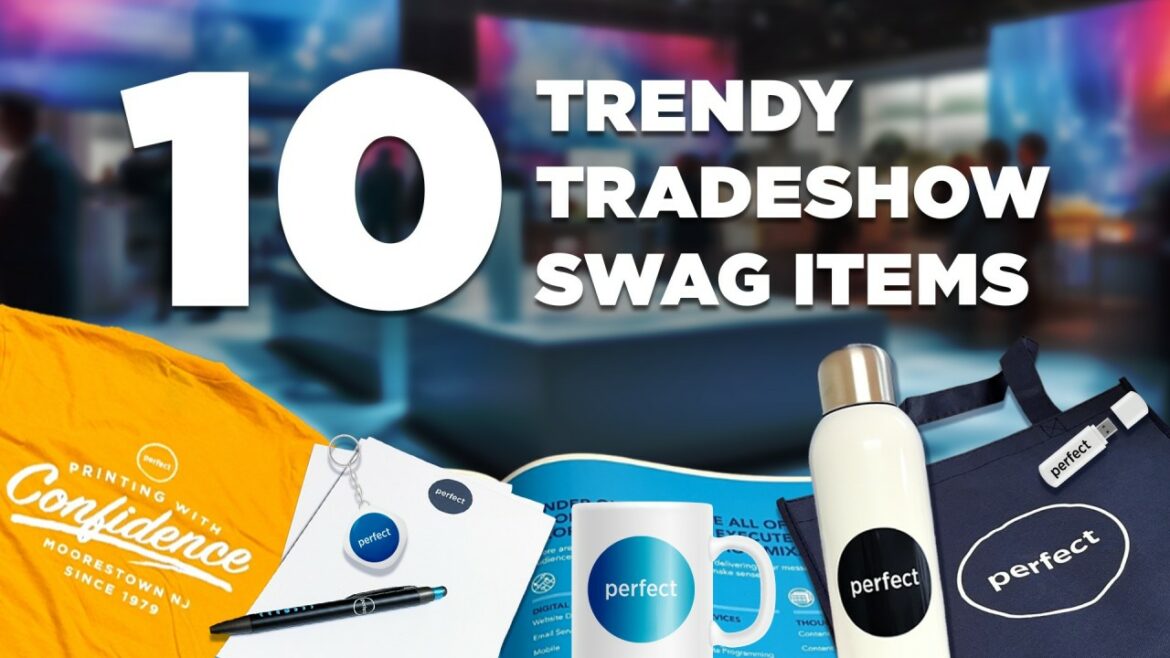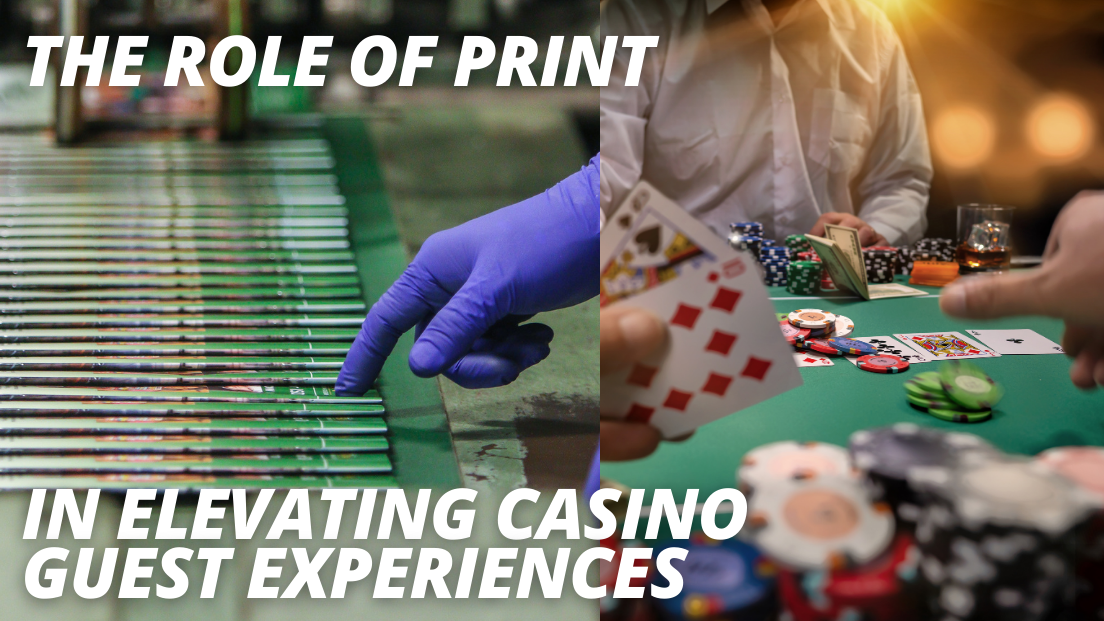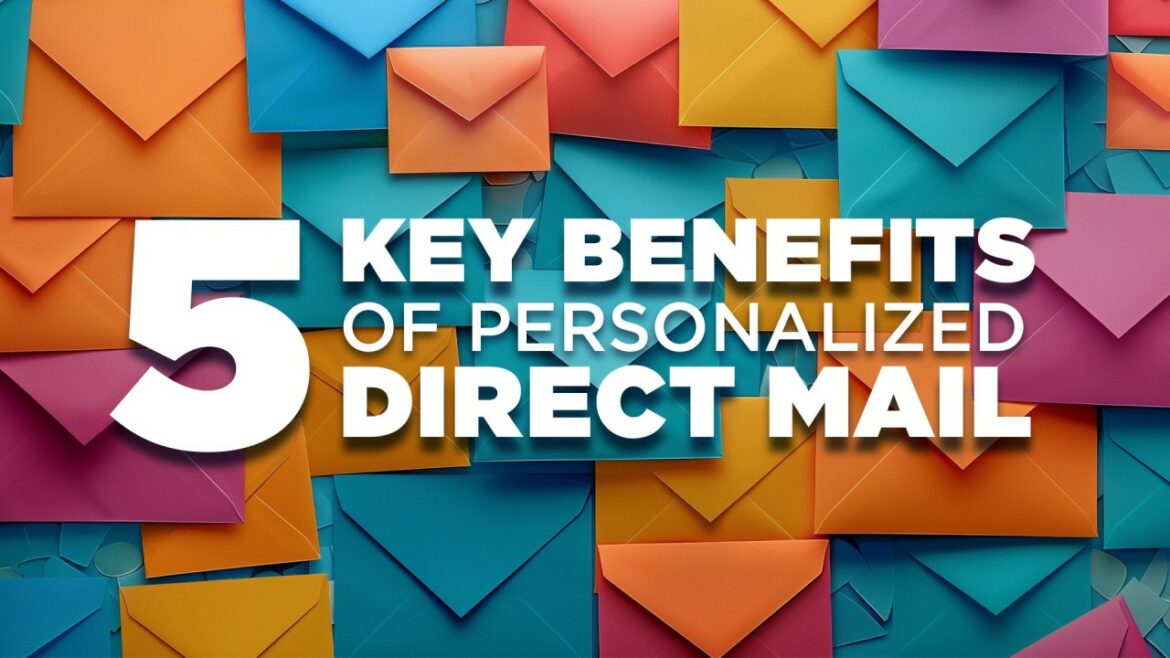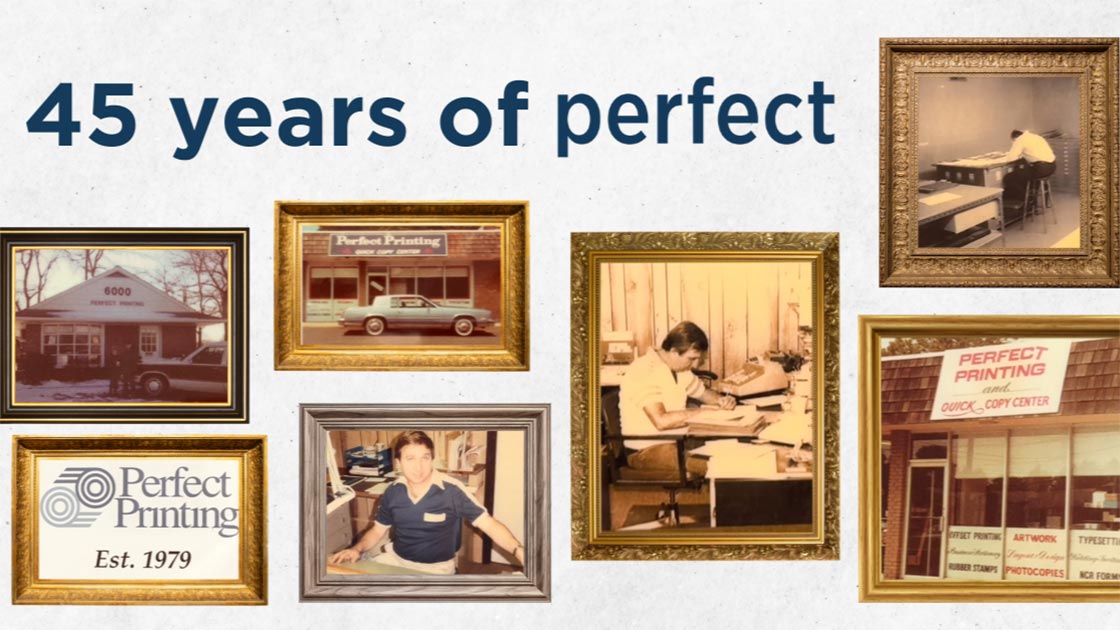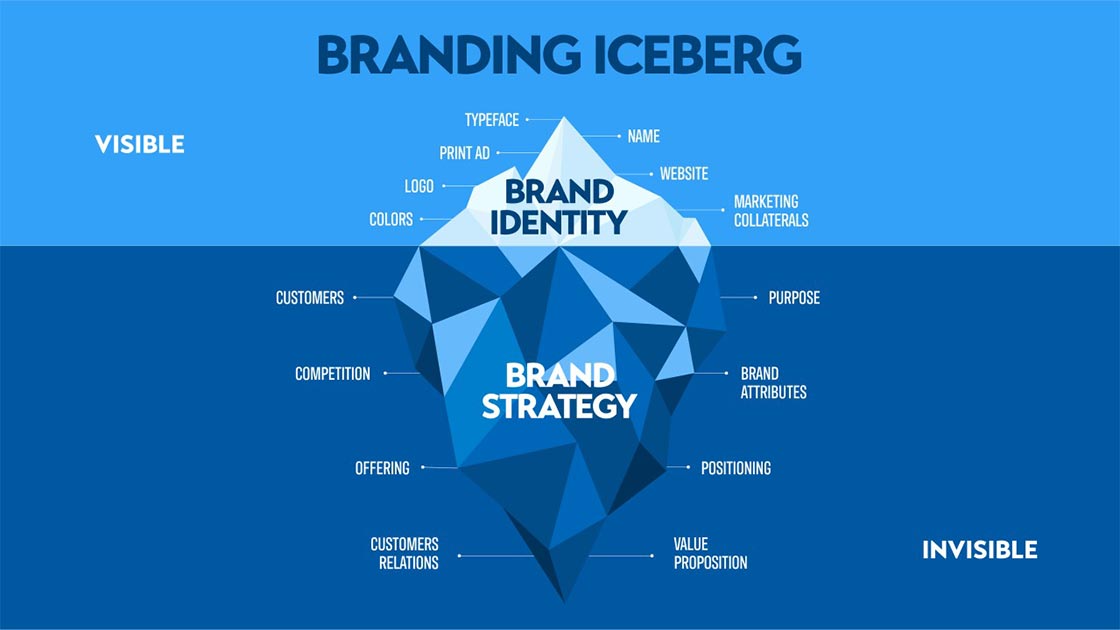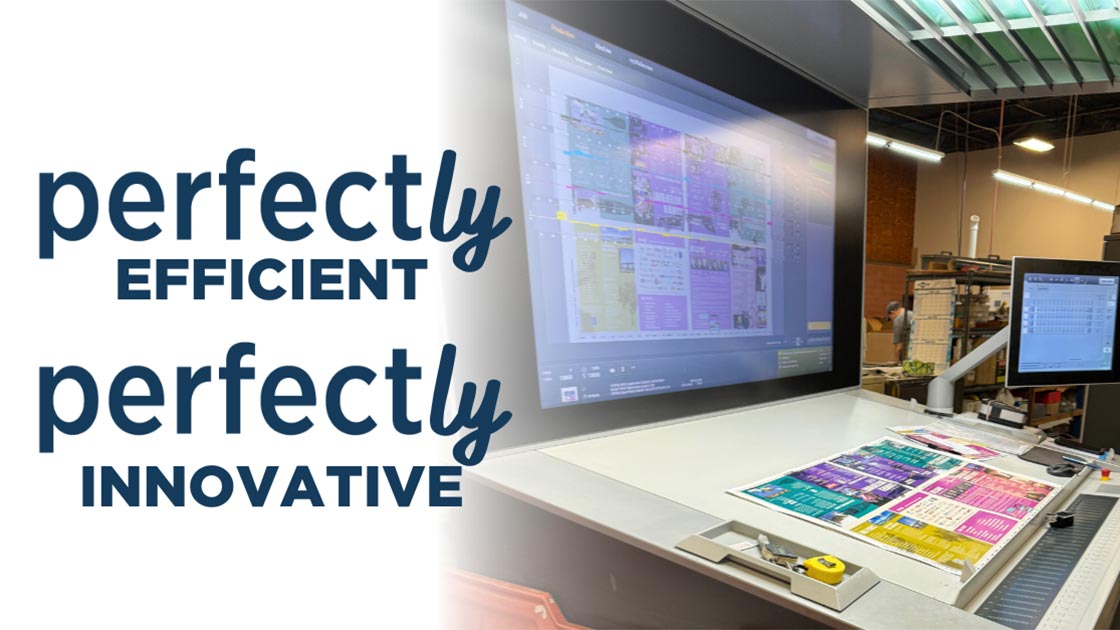In the fast-paced world of casinos, where dazzling lights and digital gaming dominate the landscape, print may seem like an old-school medium. However, high-quality printed materials still play a pivotal role in shaping a casino’s brand, enhancing guest experiences, and leaving a lasting impression. From eye-catching signage to luxurious VIP invitations, print has the power to make casinos feel not only exciting but also exclusive and immersive. Here’s how expertly crafted printed materials can elevate the overall casino experience.
1. Brochures: Setting Expectations and Informing Guests
A well-designed casino brochure can serve as more than just a list of services or amenities—it’s a critical touchpoint in a guest’s journey. Brochures provide essential information about the casino’s layout, restaurants, entertainment options, gaming rules, and promotional offers. Beyond that, they introduce the casino’s brand and set the tone for the guest experience. High-quality materials, vivid imagery, and engaging content can evoke excitement and anticipation, ensuring guests feel well-informed and eager to explore. Moreover, brochures often act as souvenirs, reminding visitors of their experience long after they’ve left the casino. A beautifully printed piece, kept as a memento, can foster brand loyalty and encourage repeat visits.
2. Signage: Navigating with Style and Ease
Effective signage is vital in a busy casino environment. With so many gaming options, restaurants, and entertainment venues packed into one space, guests rely on clear, well-placed signs to guide them. Casinos that prioritize high-quality, visually appealing signage ensure that guests never feel lost or overwhelmed. Whether it’s wayfinding signs that help guests navigate to a poker table or banners promoting an exclusive show, print plays a crucial role in streamlining the guest experience.
Beyond functionality, signage also contributes to a casino’s atmosphere. Whether the casino boasts a sleek, modern aesthetic or leans into a more opulent, luxurious feel, printed signage helps reinforce the brand. Rich textures, bold typography, and thoughtful design ensure that every printed element enhances the overall environment.
3. VIP Invitations: Creating a Sense of Exclusivity
For casinos, cultivating VIP experiences is essential to building strong relationships with high-rolling guests. Printed materials for VIPs, like invitations to exclusive events or personalized rewards programs, need to exude luxury and exclusivity. The tactile experience of receiving a finely crafted invitation—complete with high-quality paper, embossed logos, and metallic accents—can make guests feel valued and set the stage for a premium experience.
VIP invitations not only entice high rollers but also serve as a tangible representation of the casino’s brand values. When done right, they make recipients feel like they’re part of an elite group, motivating them to return for more exclusive offers and experiences.
4. Printed Promotions: Encouraging Participation and Engagement
Casinos rely on promotions to drive foot traffic and keep guests engaged. Printed materials like flyers, posters, and direct mail campaigns are key to spreading the word about these promotions. These materials need to stand out in a sea of distractions, grabbing attention and sparking interest.
When promotional print is done with precision and creativity, it can build excitement for an event, a special giveaway, or a limited-time offer. Vibrant, eye-catching colors paired with sharp design encourage guests to take notice and participate, whether it’s joining a slot tournament or redeeming a limited-time offer at the buffet.
5. Branded Loyalty Cards: Enhancing the Guest Journey
Casino loyalty programs are designed to encourage repeat visits, but loyalty cards are more than just functional—they’re a branding opportunity. Every time a guest pulls out their loyalty card, it should remind them of the exclusive benefits they’re receiving and reinforce the casino’s brand.
By using durable materials and premium finishes, casinos can make loyalty cards feel as valuable as the perks they unlock. Whether it’s a sleek, metallic card or one with a bold color palette, the tactile nature of a well-designed loyalty card plays into the guest’s perception of value, encouraging continued engagement with the casino.
In a world where digital marketing often takes center stage, printed materials remain an essential part of the casino experience. From informative brochures and stylish signage to luxurious VIP invitations and vibrant promotional flyers, print connects casinos with their guests in a tangible, meaningful way. High-quality print not only enhances the guest journey but also elevates the casino’s brand, creating a cohesive and memorable experience that lingers long after the last hand has been played.
At Perfect Communications, we understand the unique demands of the casino industry and how print can play a crucial role in guest satisfaction. Whether it’s crafting standout signage or delivering personalized VIP invitations, we are committed to helping casinos create unforgettable experiences through expert print solutions.
Ready to elevate your marketing strategy? Contact us today to learn more about our personalized direct mail solutions.


